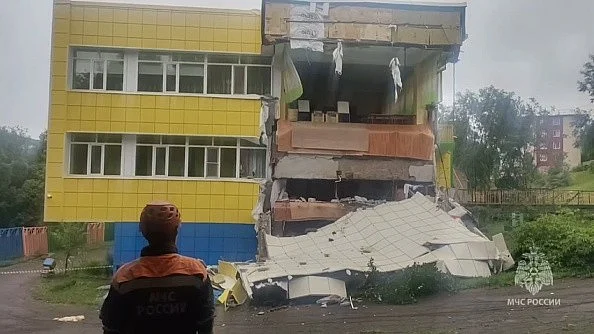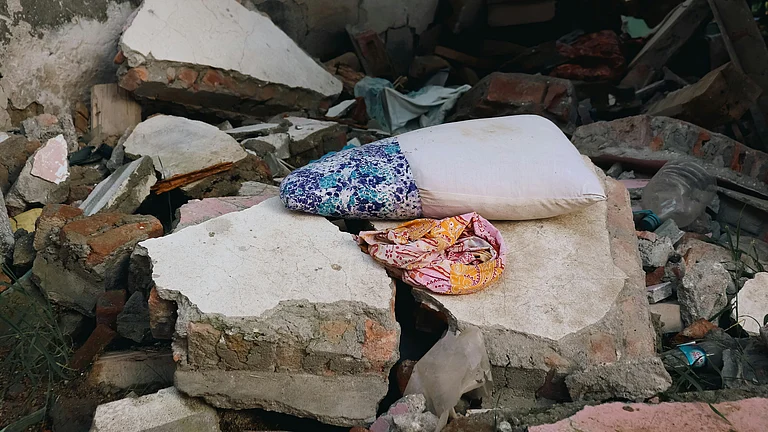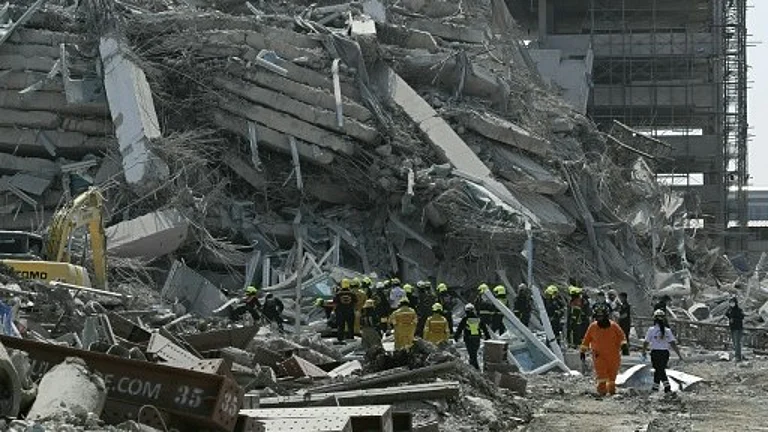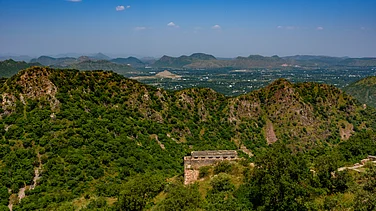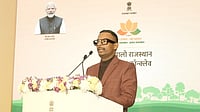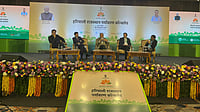
An 8.8-magnitude earthquake struck Russia’s Kamchatka Peninsula on July 30, flooding ports and triggering tsunami waves across Japan, Hawaii and Alaska.
Japan evacuated residents, suspended coastal trains and cleared Fukushima nuclear plant workers, while Hawaii and Pacific nations issued mass shoreline warnings.
USGS attributed the earthquake to shallow reverse faulting, a seismic event, making it Russia’s strongest since 1952.
Russia’s Far East was struck by one of the strongest earthquakes ever recorded in the region, on July 30, triggering tsunami waves and warnings that extended from Japan to the Hawaii islands and even across the Pacific.
Ports on the Kamchatka Peninsula in Russia near the 8.8 magnitude quake’s epicenter were flooded, forcing residents to flee inland. Meanwhile, frothy waves washed up to the shore in northern Japan. Elsewhere, cars were jammed on streets and highways in Hawaii’s capital, with traffic at a standstill even in areas away from the shoreline.
People were led to seek refuge in evacuation centers in affected areas of Japan. However, no abnormalities in operations at Japan’s nuclear plants were reported on July 30.Tsunami waves
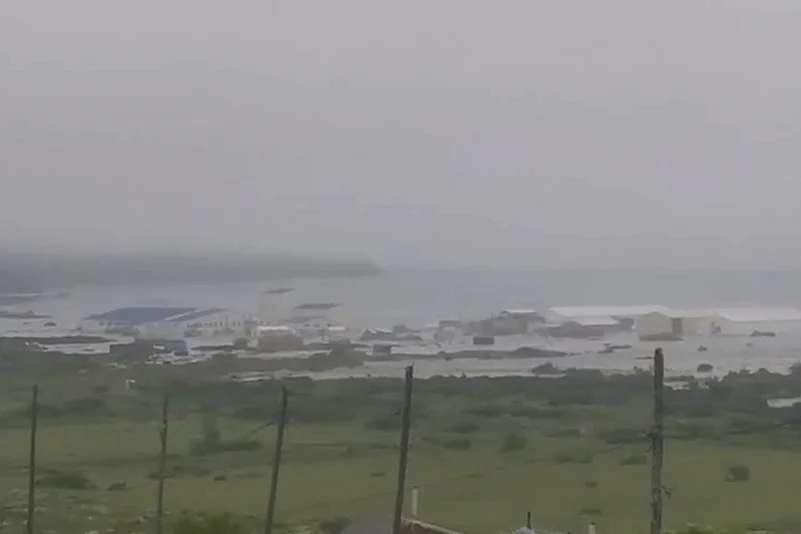
According to AFP, coastal train services in Japan were suspended across Yokohama and Chiba prefectures apart from Izu peninsula in the Shizuoka prefecture. Mobile tsunami alerts were also issued in California, while authorities in the Philippines and Taiwan also asked coastal residents to evacuate to inland areas.
In Japan, Fukushima nuclear plant workers were evacuated, reverberating the scenario created during the 2011 disaster.
Russian authorities have reported that several people were injured without disclosing a figure. At least one person was injured in Japan, Associated Press reported.
According to initial reports, a tsunami height of 3-4 meters (10 to 13 feet) was recorded in Kamchatka, 60 centimeters (2 feet) on Japan’s northern island of Hokkaido, and up to 1.4 feet (under 30 centimeters) above tide levels were observed in Alaska’s Aleutian Islands.
The impact of the tsunami could last for hours or perhaps more than a day, Dave Snider, tsunami warning coordinator with the National Tsunami Warning Center in Alaska told Associated Press.
“A tsunami is not just one wave,” he said. “It’s a series of powerful waves over a long period of time. Tsunamis cross the ocean at hundreds of miles an hour—as fast as a jet airplane—in deep water. But when they get close to the shore, they slow down and start to pile up. And that’s where that inundation problem becomes a little bit more possible there,” he added.
“In this case, because of the Earth basically sending out these huge ripples of water across the ocean, they’re going to be moving back and forth for quite a while,” which is why some communities may feel the effects longer,” he said.
Citing the Russian Academy of Sciences, Moneycontrol reported that the earthquake was the strongest in Russia’s Kamchatka region since 1952. The earthquake appeared to be the strongest anywhere in the world since the March 2011 earthquake off northeast Japan that measured 9.0 magnitude and caused a massive tsunami that set off meltdowns at a nuclear power plant in the country. Only a few stronger earthquakes, including one measuring 6.9 and another measuring 6.3, have hit the region.
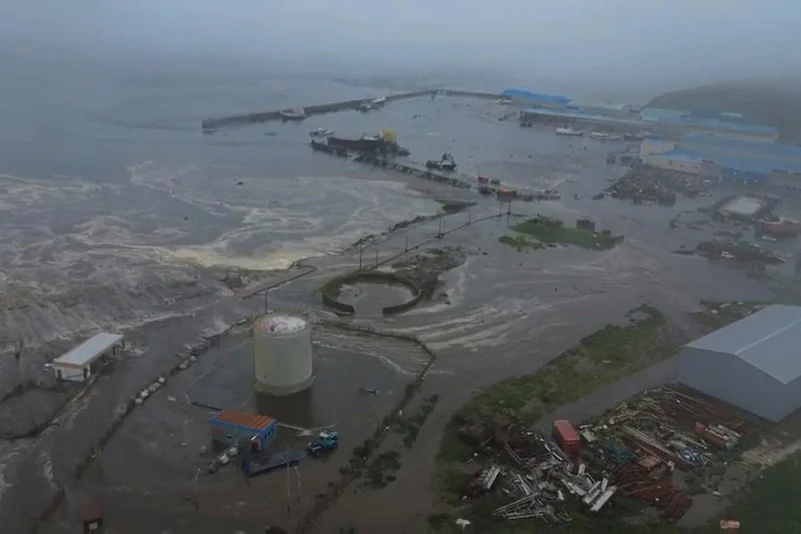
Shallow Reverse Faulting Caused the Quake
According to the US Geological Survey (USGS), the earthquake was caused by shallow reverse faulting. The Pacific plate continues its west-northwest movement relative to the North American plate at an estimate rate of 77 mm per year, while the North American plate extends westward beyond the North American continent, reported ANI.
A reverse thrust fault occurs when the upper block, above the fault plane, moves up and over the lower block. This type of faulting is common in areas of compression, such as regions where one plate is being subducted under another as in Japan. When the dip angle is shallow, a reverse fault is often described as a thrust fault.
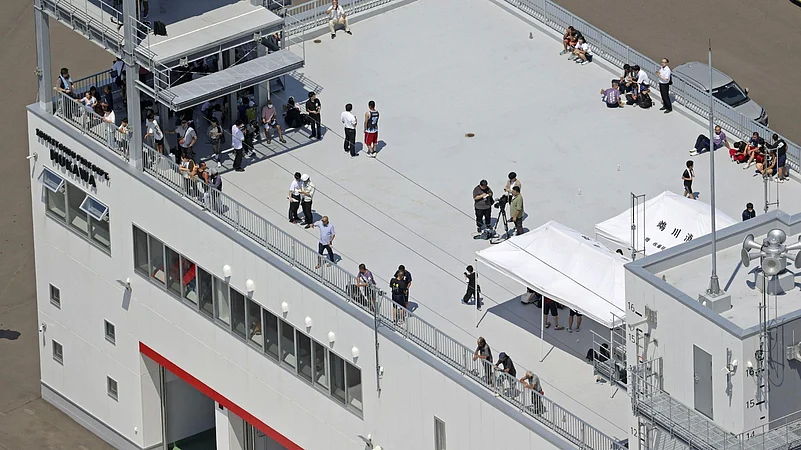
“Shallow” means the rupture occurred near the Earth's surface, typically within the top 70 km of the planet’s crust.
These shallow events are more dangerous because the seismic energy has less distance to dissipate before reaching populated areas.
Shallow reverse faulting, especially under the seabed, often causes tsunamis. When the seafloor suddenly shifts upward, it pushes the water above it which creates powerful waves. These waves can travel at high speeds across the ocean and cause destruction even thousands of kilometers away.






